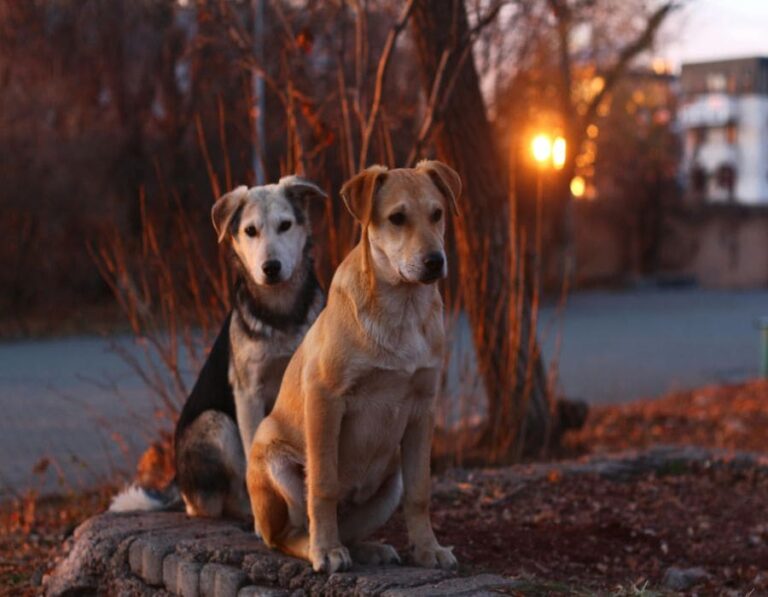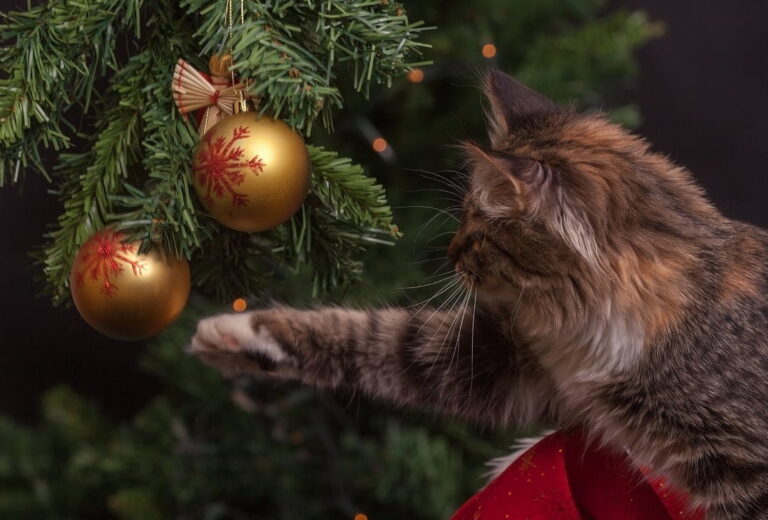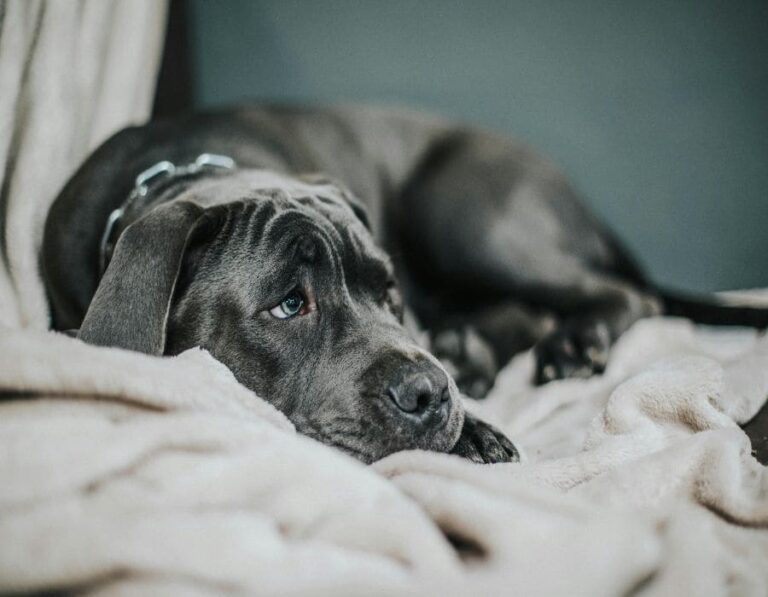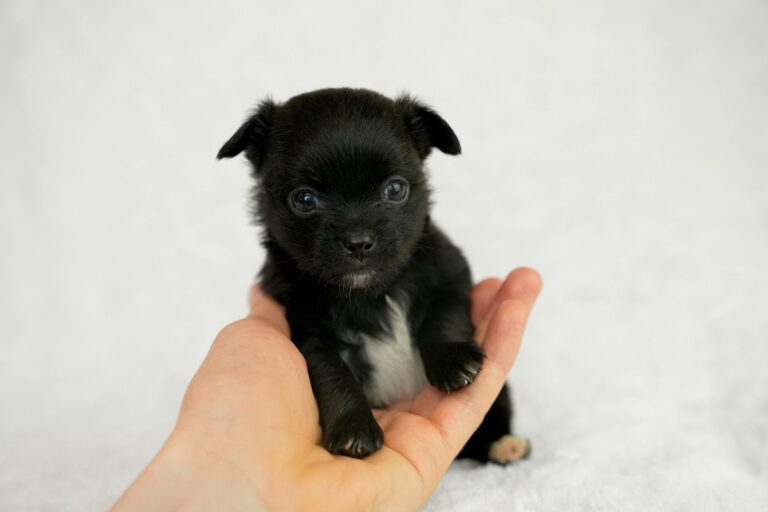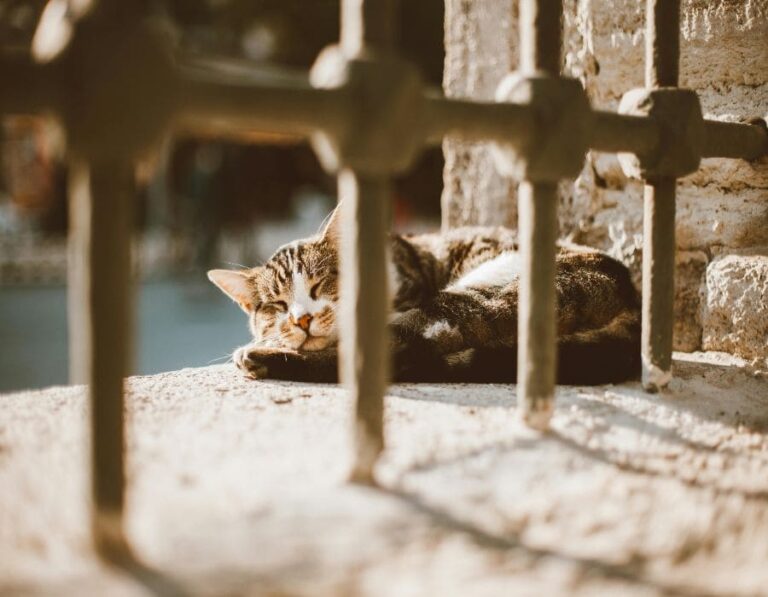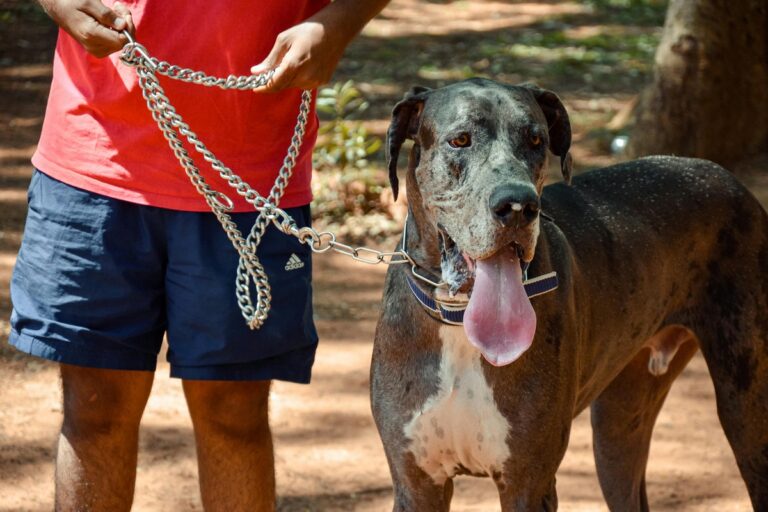10 Dog Breeds That Should Not Be Kept Indoors
While many dog breeds thrive in the comfort of indoor living, there are certain breeds that require more space, exercise, and freedom than the indoors can offer. These dogs have high energy levels, large sizes, or specific needs that are best met by outdoor living or access to wide open spaces. Here are 10 dog breeds that should not be kept indoors and why they need more room to thrive.
1. Siberian Husky
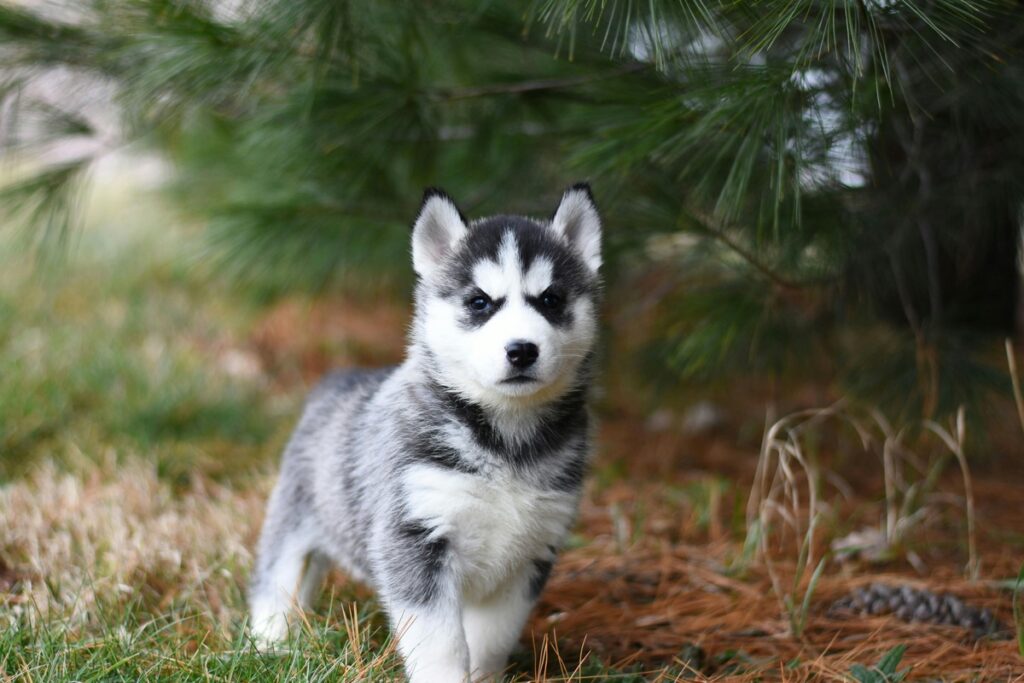
Siberian Huskies are bred for pulling sleds in harsh, cold environments. These dogs have endless energy, requiring regular exercise and open space to run and play. Huskies are not suited for small apartments as they need room to roam and can become destructive without proper outlets for their energy.
2. Border Collie
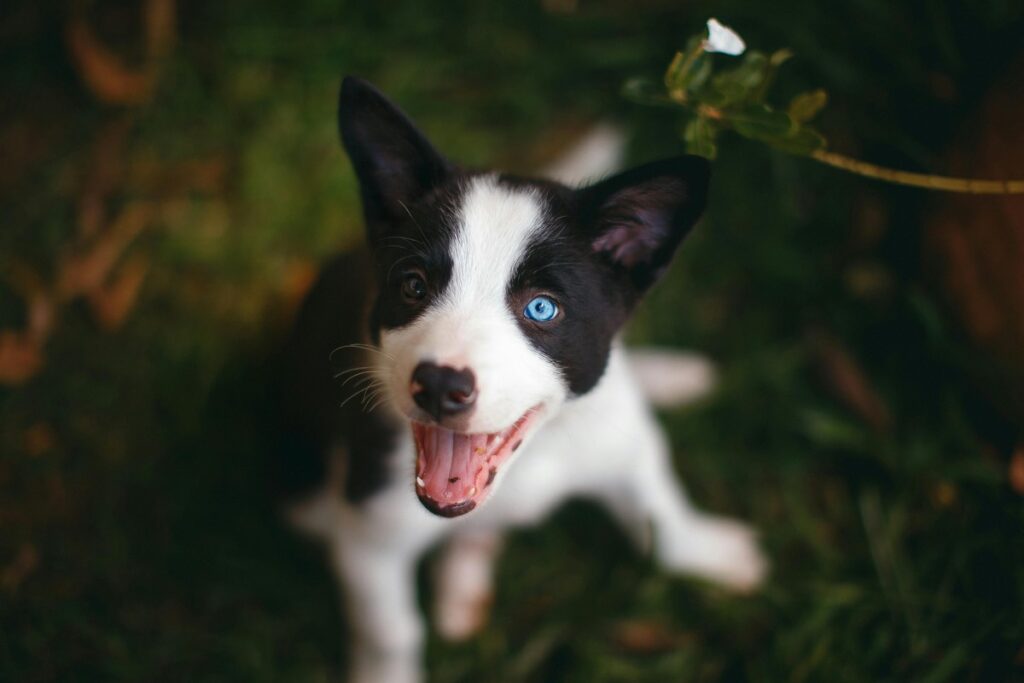
Border Collies are highly intelligent and incredibly active dogs. They were bred to herd sheep and are happiest when they have a job to do. Without enough physical and mental stimulation, they can become bored, leading to behavioral issues. They need large outdoor spaces or farms to stay content and healthy.
3. Great Dane
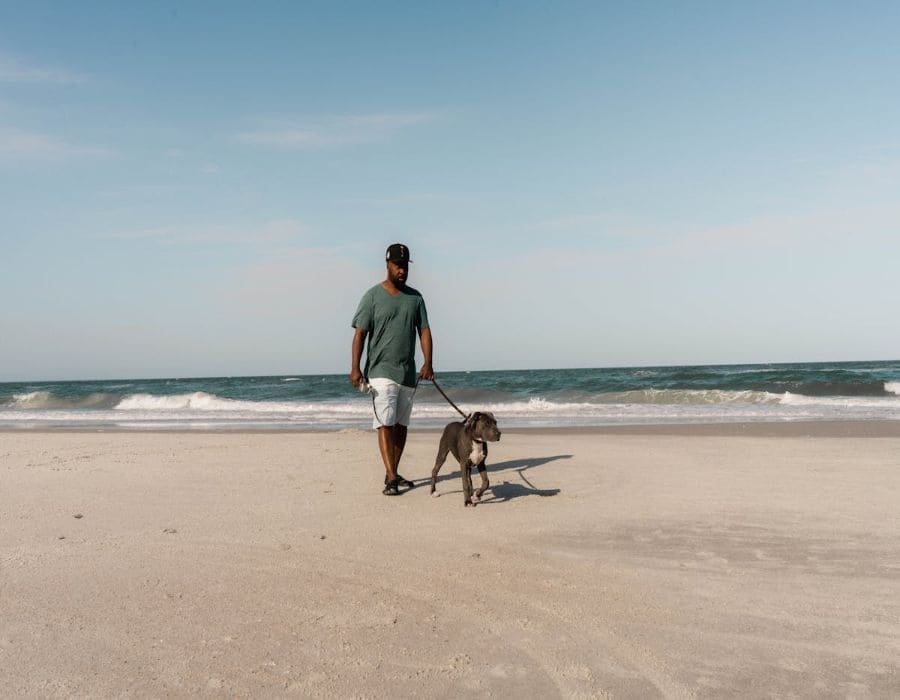
Despite their large size, Great Danes are gentle giants that require a lot of space to move around. Their size and need for exercise make them unsuitable for small indoor living spaces. These dogs thrive in homes with yards where they can stretch their long legs and enjoy playtime.
4. Jack Russell Terrier
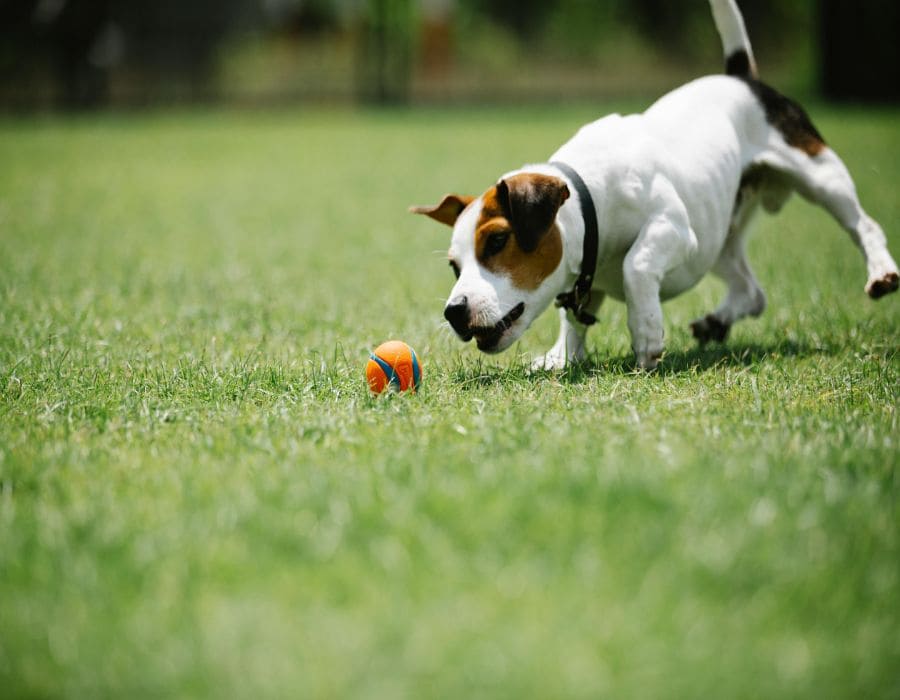
Although they are small, Jack Russells are extremely energetic and need lots of space to burn off their energy. They are known for their high prey drive and natural hunting instincts, and if not given proper outlets, they can become frustrated and destructive indoors.
5. Alaskan Malamute
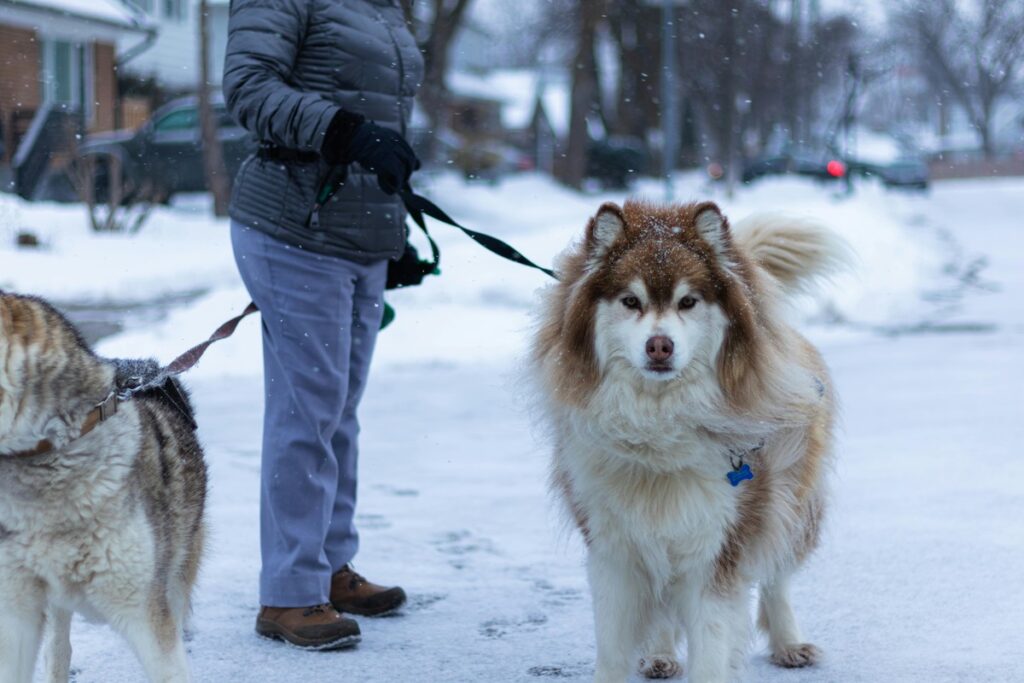
Similar to the Siberian Husky, the Alaskan Malamute is another breed that was designed to work in cold environments. These dogs require large outdoor spaces and plenty of exercise to stay happy. They are not suited to apartment life and can become bored and destructive if confined to small spaces.
6. Australian Shepherd

Australian Shepherds are active, intelligent, and require a lot of mental and physical stimulation. Bred for herding, they need to run, jump, and herd to stay content. Without enough space to express these natural behaviors, they can become anxious and difficult to manage indoors.
7. Irish Wolfhound
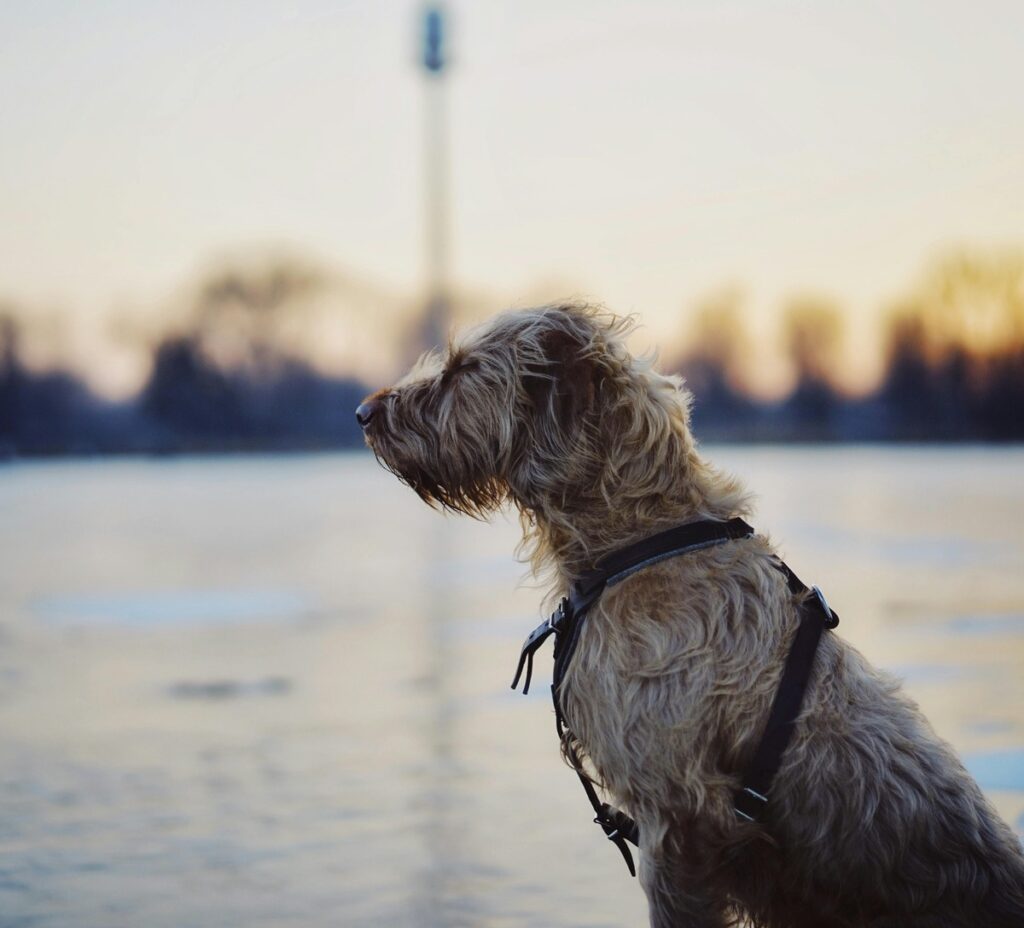
Irish Wolfhounds are one of the largest dog breeds, and their size alone makes them unsuitable for apartment living. They need a large space to move around and are best suited for homes with big yards or access to outdoor areas. Despite their size, they are gentle and affectionate but need the room to feel comfortable.
8. Weimaraner
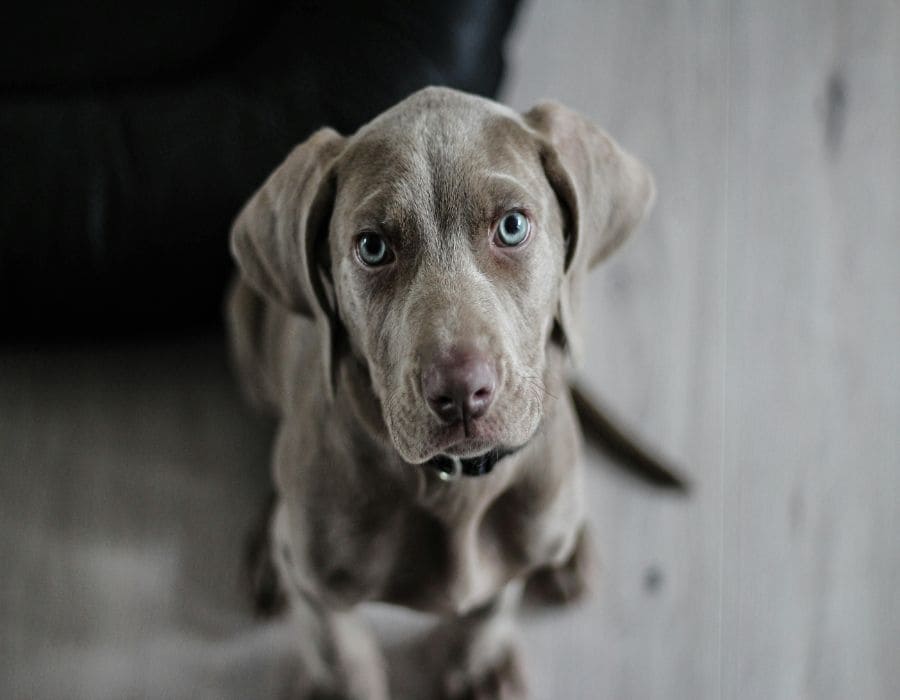
Weimaraners are high-energy, sporting dogs that were bred for hunting and need a lot of physical exercise. They are not suited for confined indoor spaces and require large areas to run and explore. Without proper exercise, they can become bored, which may result in destructive behaviors.
9. Doberman Pinscher
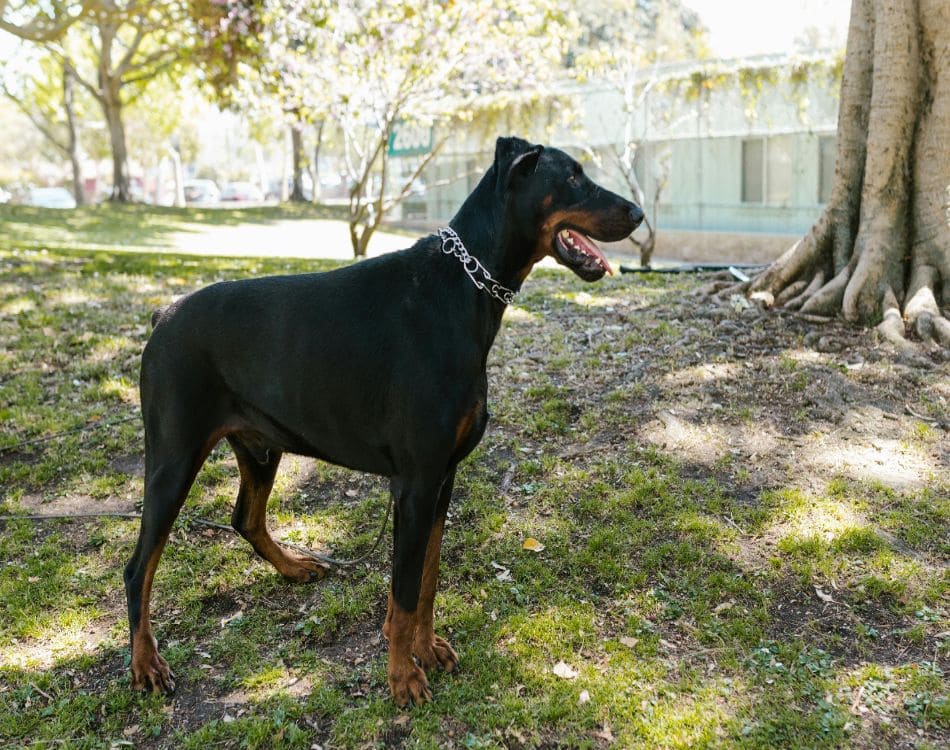
Dobermans are muscular, intelligent, and active dogs that thrive in homes with yards. While they are known for their loyalty and protective instincts, they need room to run and exercise. Their high energy and strong guarding instincts make them better suited to homes where they can be active outdoors.
10. Saint Bernard

Saint Bernards are known for their giant size and gentle nature, but these dogs need plenty of room to move around. Their size and tendency to be sluggish make them unsuitable for small spaces. They thrive in homes with large yards where they can relax and exercise in a comfortable environment.
Know Your Dog’s Needs
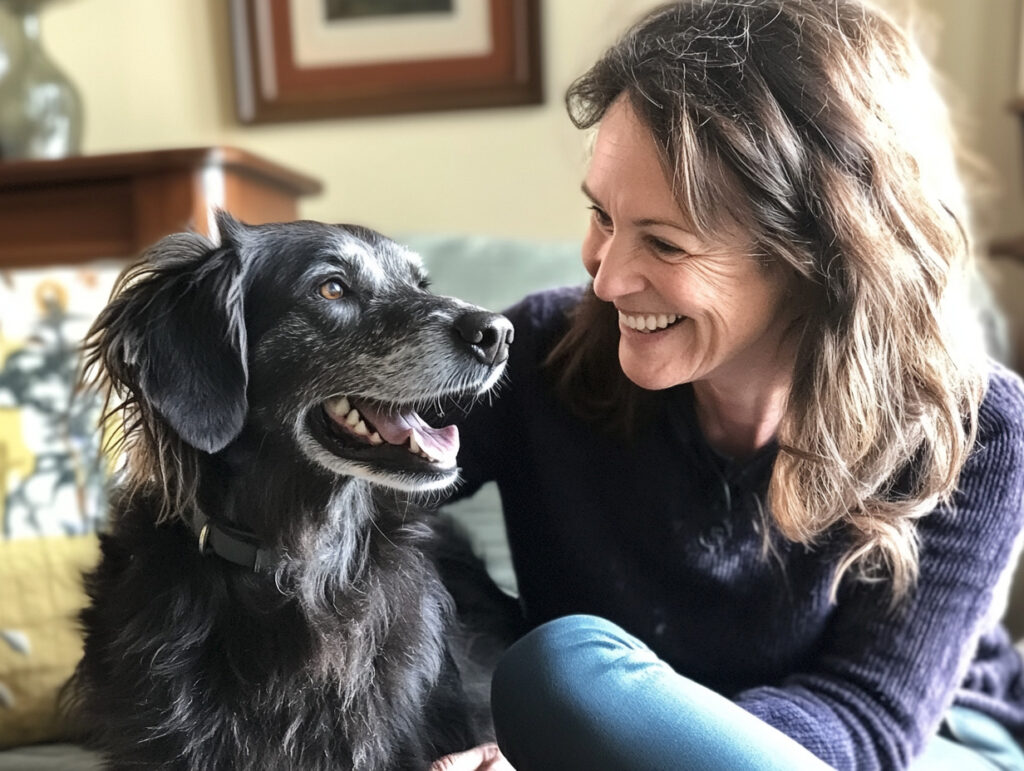
While indoor living is great for many dog breeds, others require a bit more space and exercise to stay happy and healthy. If you’re considering adopting one of the breeds on this list, it’s important to ensure you have the right environment—whether it’s a spacious backyard, nearby parks, or access to open spaces. These dogs thrive in environments where they can express their natural behaviors, so be sure you’re ready to meet their needs before bringing them into your home.


